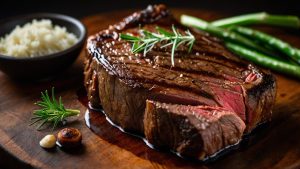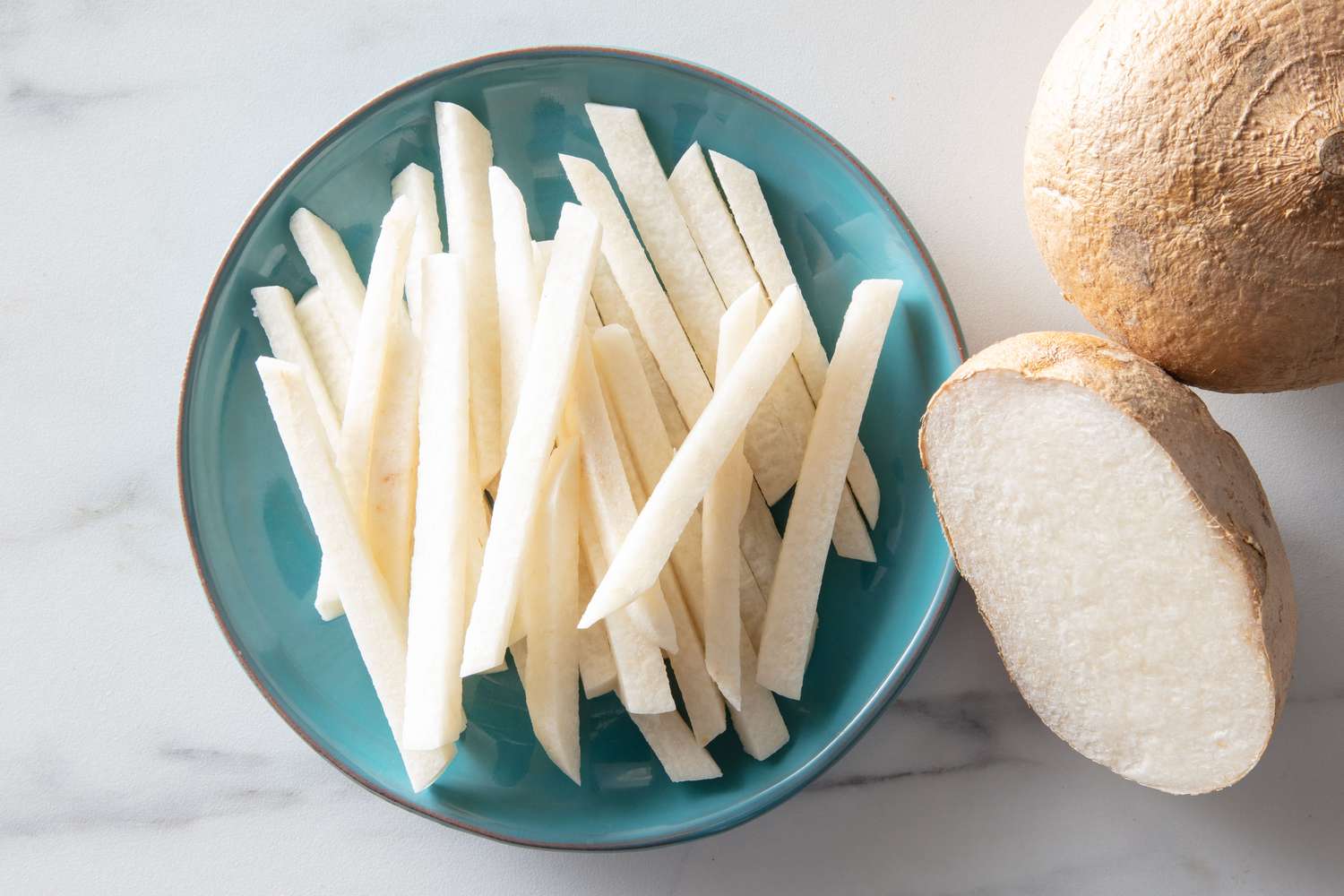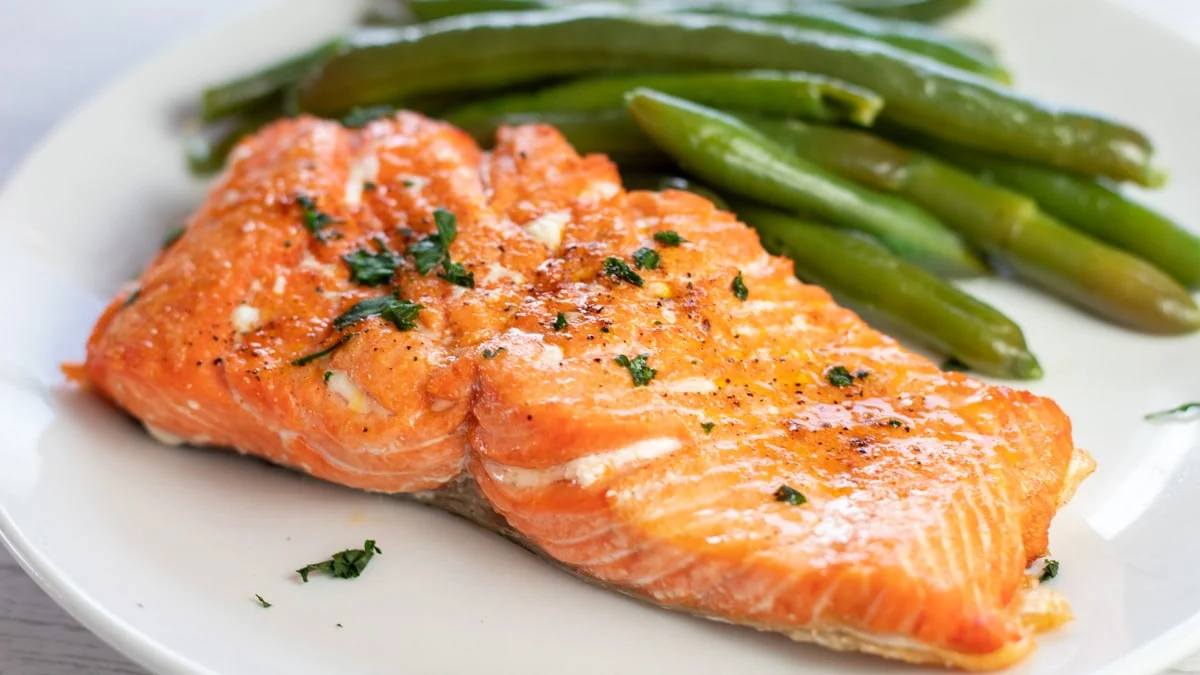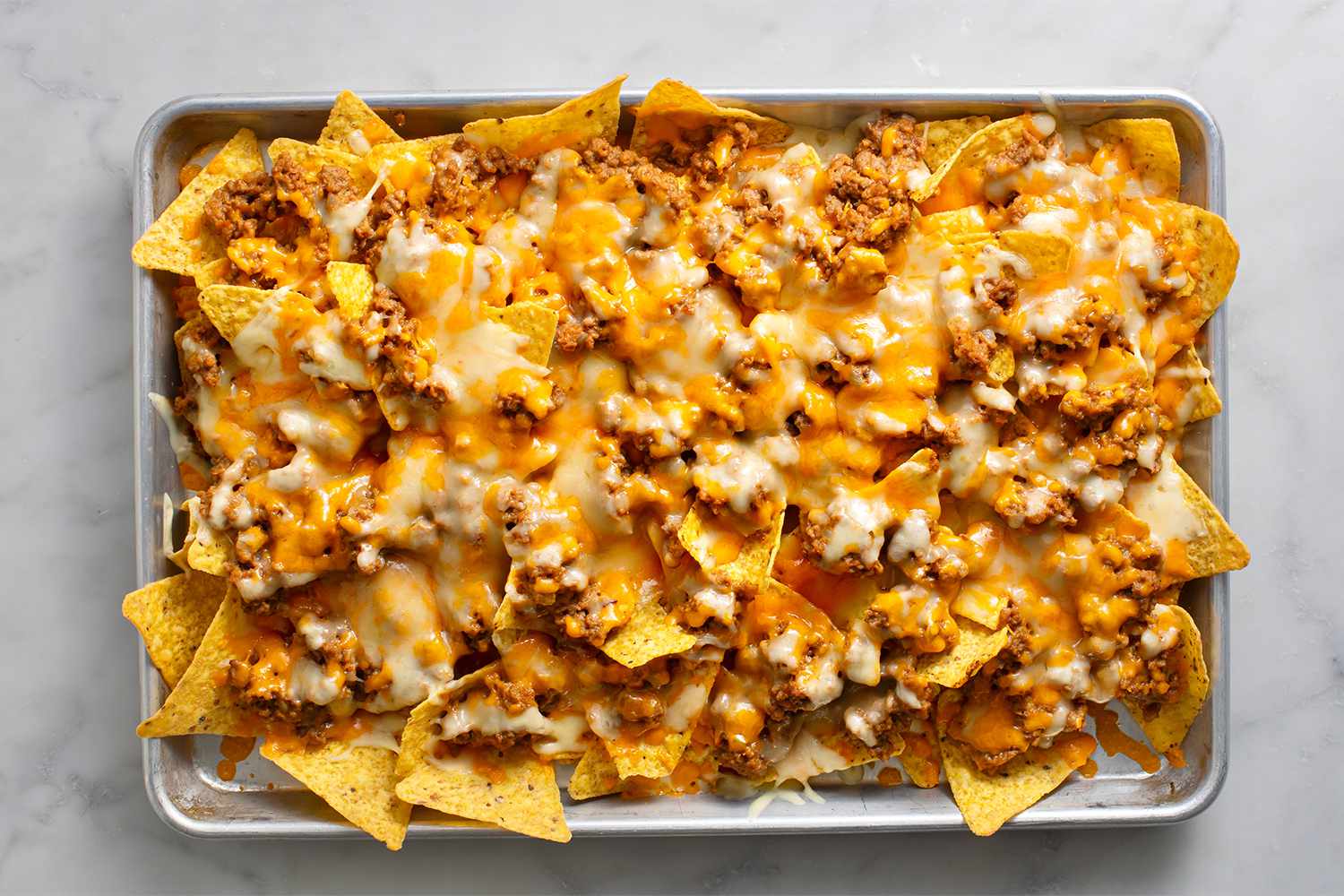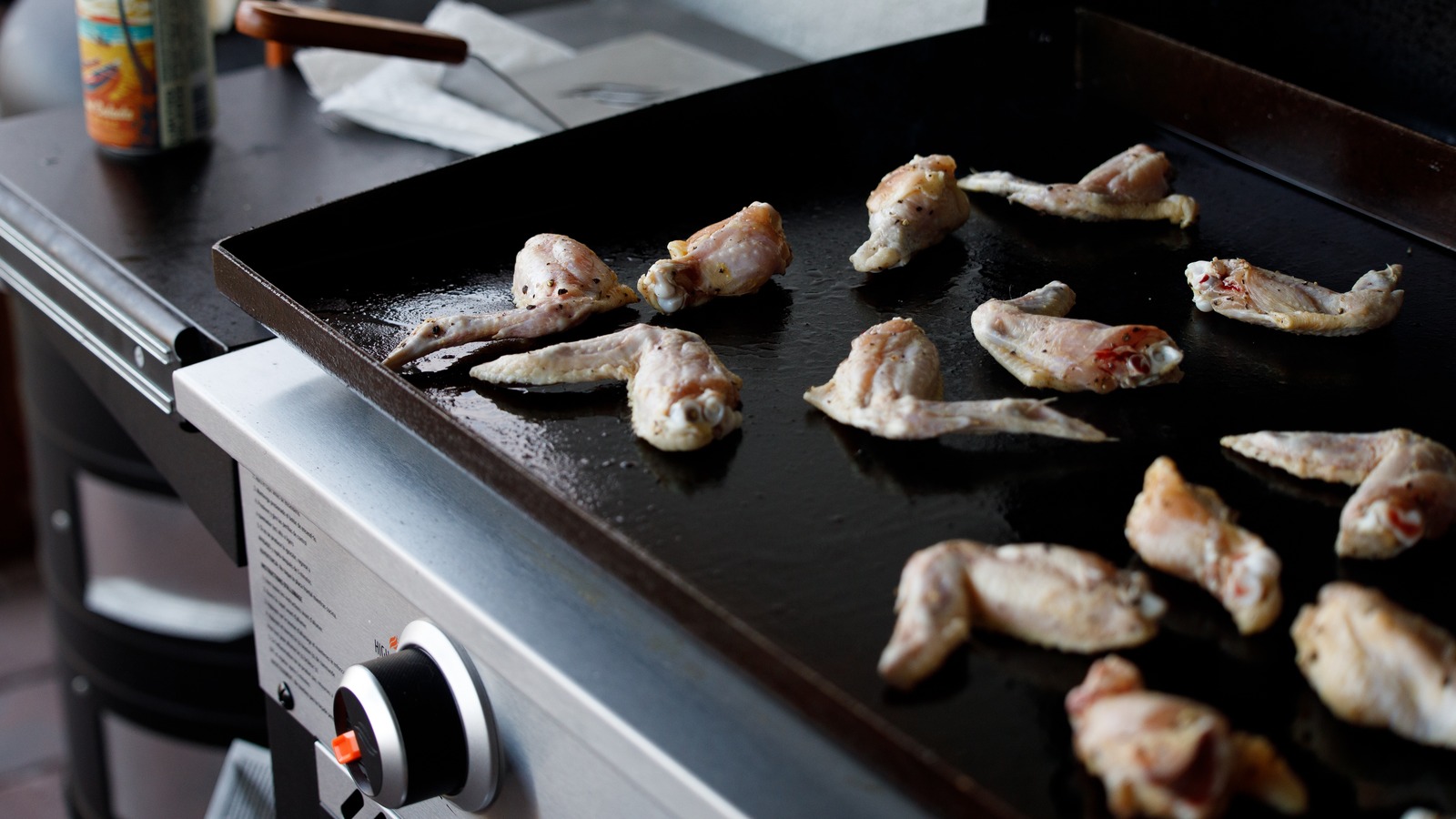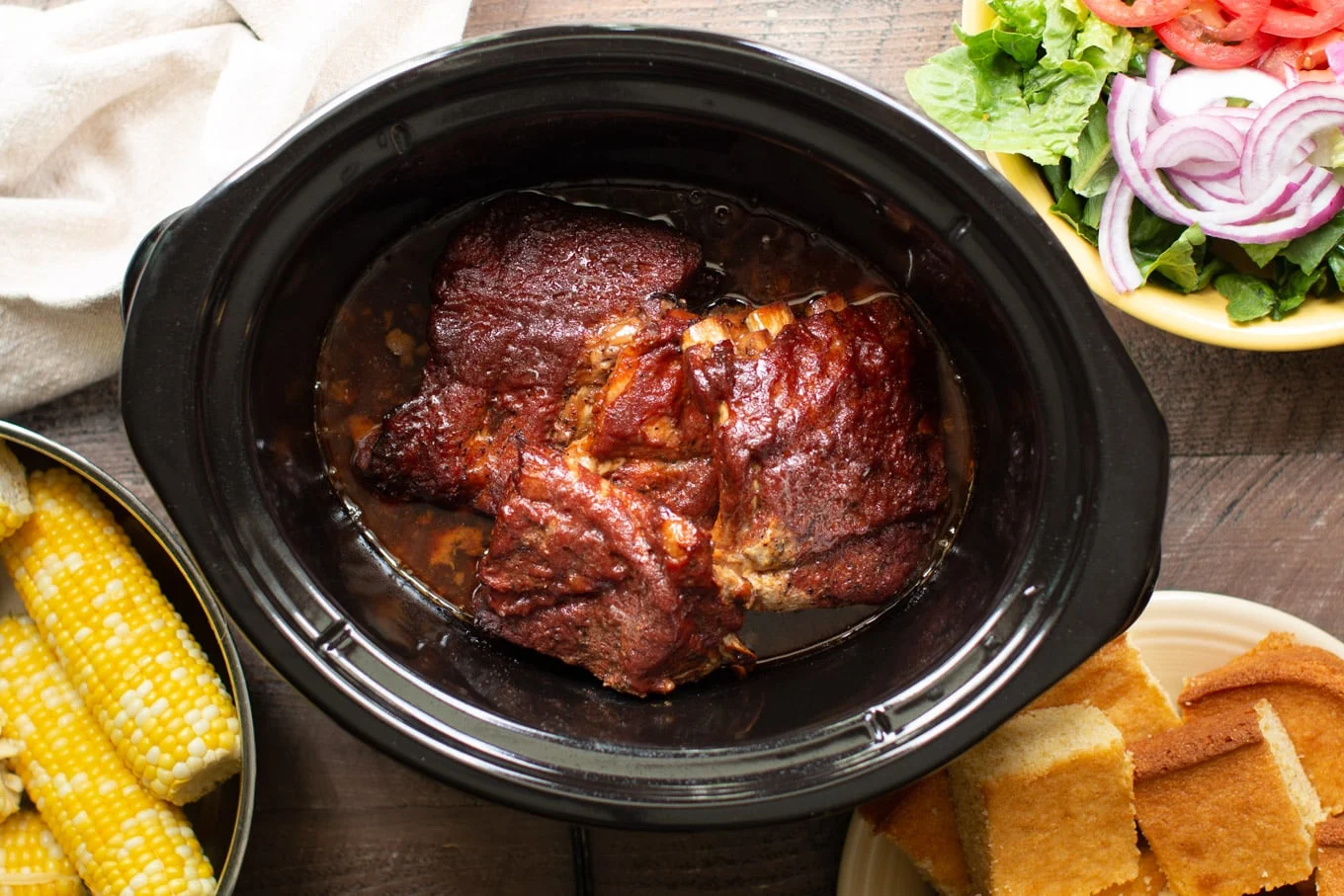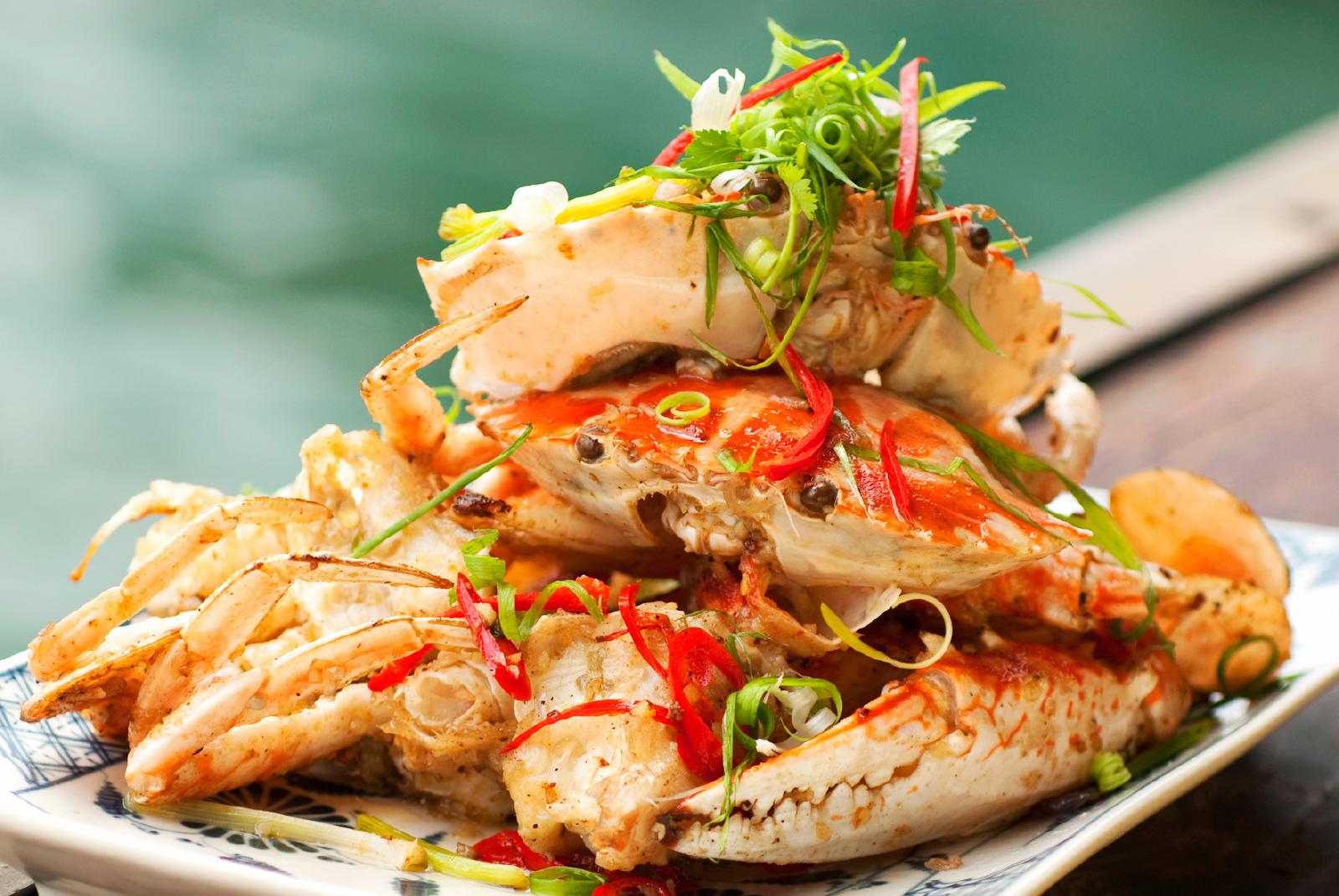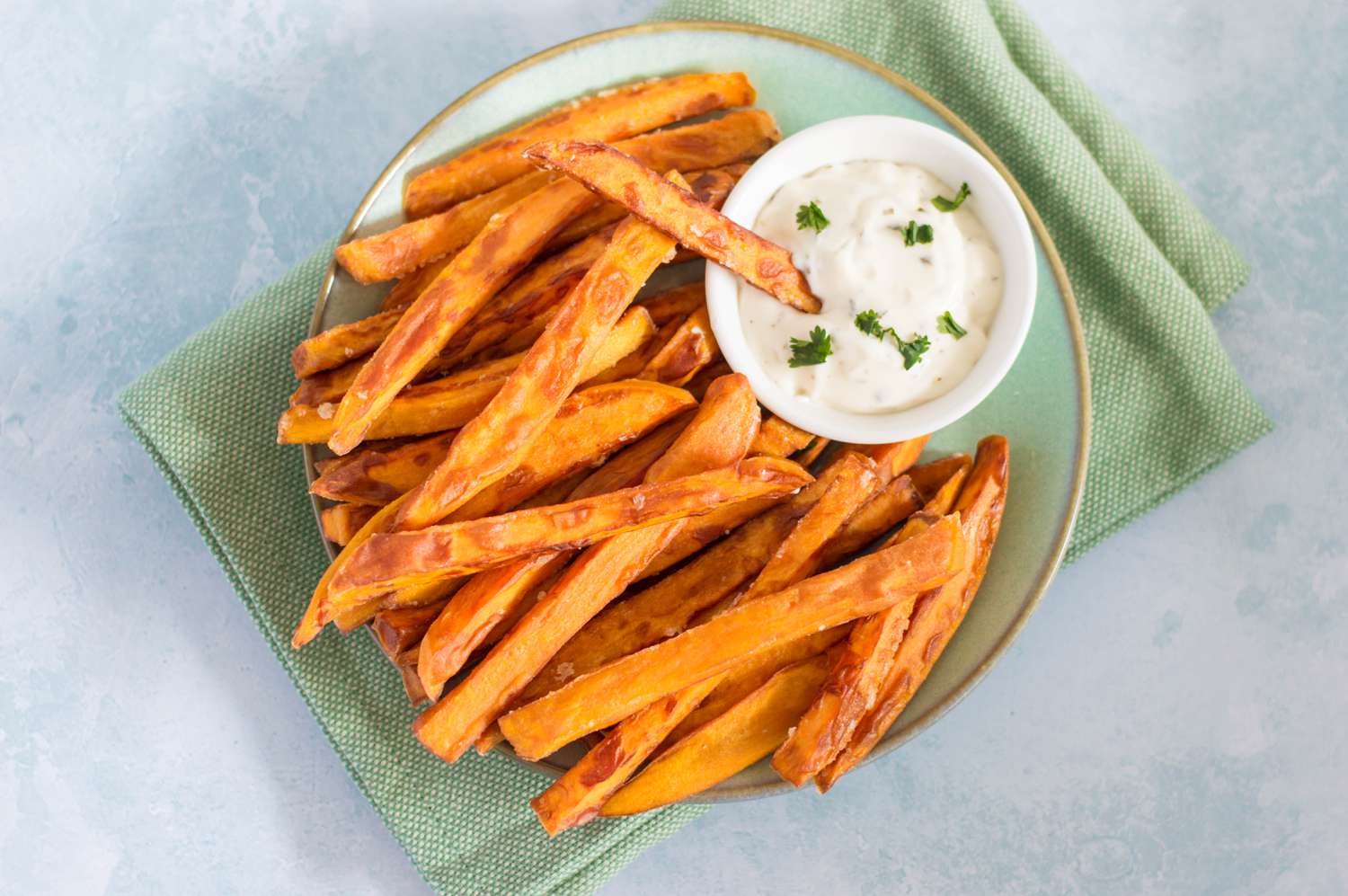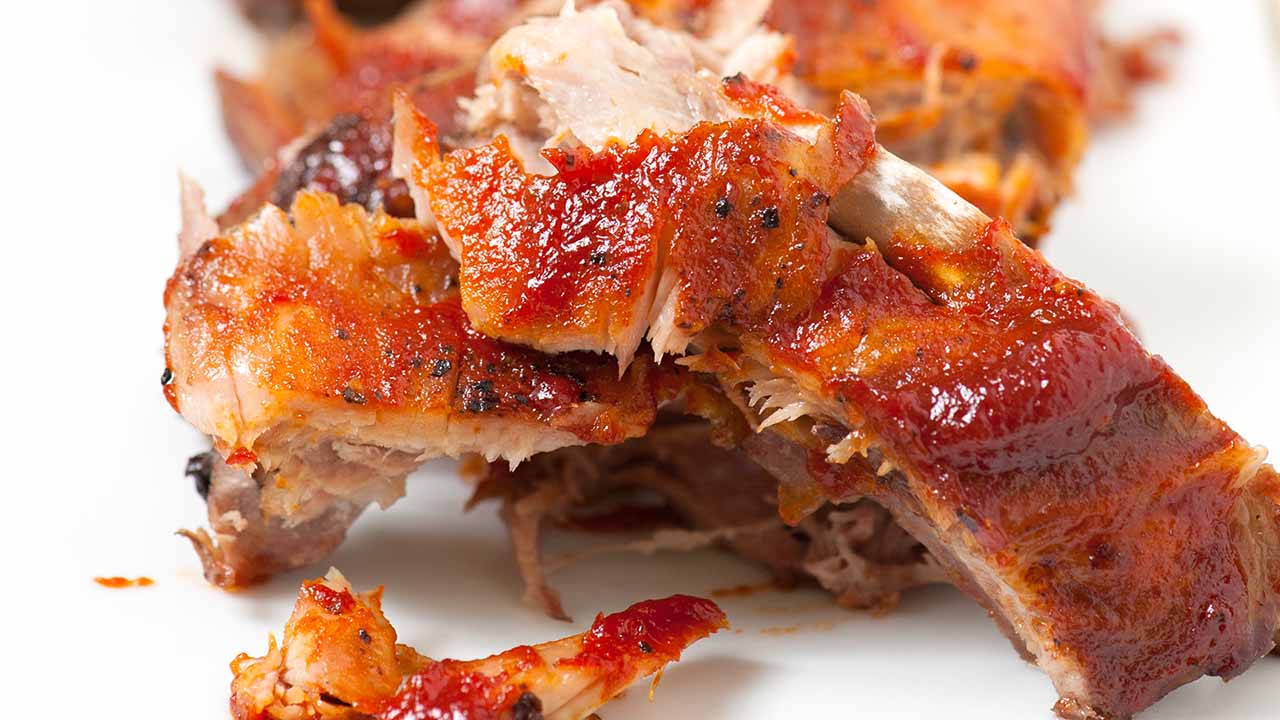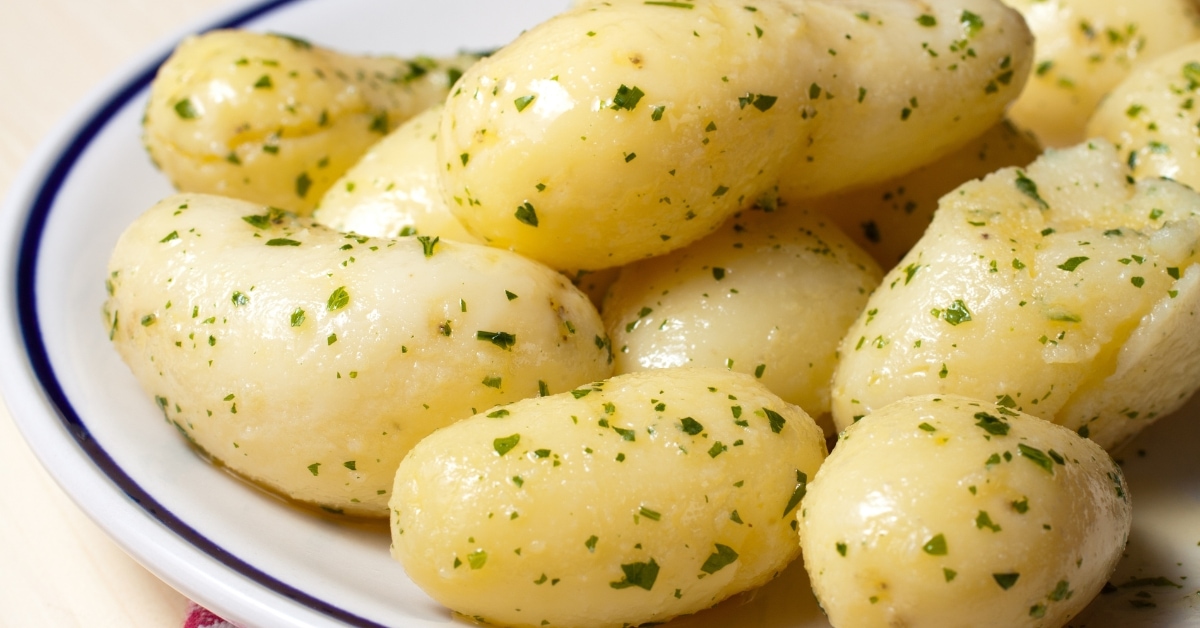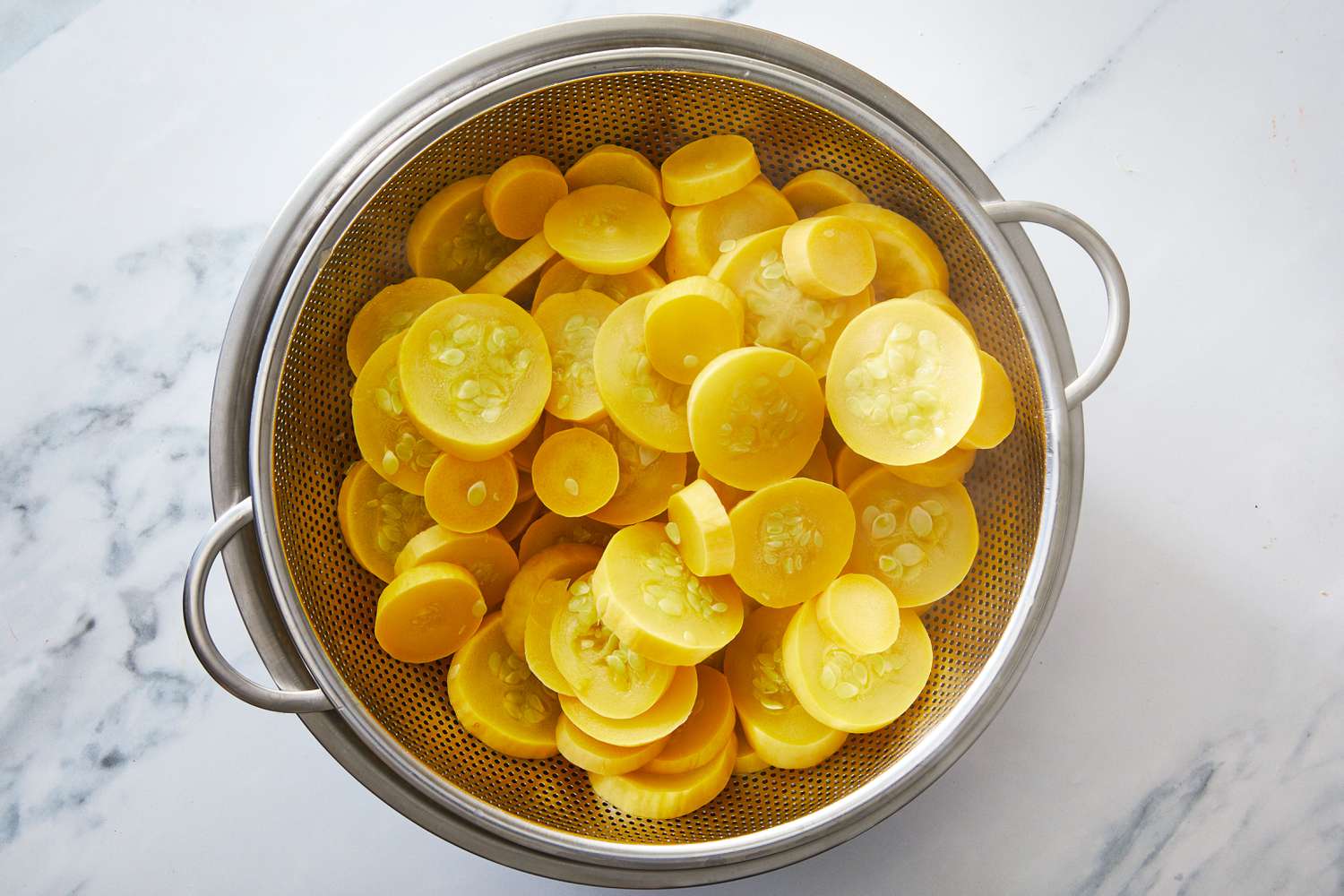Master the Art of Perfectly Cooked Pasta Shells
Nothing beats a comforting bowl of pasta shells. Their unique shape and texture make them perfect for holding onto sauces and creating delicious bites. If you’re looking to up your pasta game and impress your dinner guests, mastering the art of cooking pasta shells is a skill worth acquiring. In this guide, we’ll take you through the steps to achieve perfectly cooked pasta shells every time.
Choose the Right Pasta Shells
When it comes to pasta shells, choosing the right type is crucial. Opt for medium-sized shells that are sturdy enough to hold their shape during cooking. Look for labels that indicate “medium” or “jumbo” shells. These variations are ideal for stuffing and tend to retain their al dente texture.
Boil Water to Perfection
Before cooking your pasta shells, make sure to bring a large pot of water to a rolling boil. Add a generous amount of salt to the boiling water. This step is essential as it will season the pasta from within, enhancing its flavor. A good rule of thumb is to use about 1 tablespoon of salt per 4 liters of water.
Cooking Time Matters
Overcooked or undercooked pasta shells can ruin your dish. Follow the instructions on the package as a general guideline but keep in mind that cooking times can vary. It’s best to taste the pasta for doneness a minute or two before the indicated time. You want the shells to be cooked al dente, which means they should be tender but still have a slight bite to them.
Handle with Care
When draining the cooked pasta, handle the shells with care to avoid breakage. Use a colander or a slotted spoon to gently remove the shells from the boiling water. Plunge them immediately into cold water to stop the cooking process and prevent them from sticking together.
Sauce It Up!
Once your pasta shells are perfectly cooked, it’s time to add your favorite sauce. Whether it’s a rich tomato sauce, a creamy Alfredo, or a cheesy filling, pasta shells are perfect for capturing all the flavors. Use a spoon to gently stuff the shells with your desired filling or toss them in the sauce for an even distribution.
Get Creative with Toppings
Don’t stop at the sauce – the toppings can elevate your pasta shells to a whole new level. Consider adding grated Parmesan or Pecorino Romano cheese for a nutty flavor. Fresh herbs like basil or parsley can bring a refreshing twist. Tossing in some toasted breadcrumbs will add a delightful crunch. Get creative and experiment with different ingredients to find your perfect combination.
Enjoy the Result
Now that you’ve learned the art of cooking pasta shells, it’s time to savor your delicious creation. Take the first bite and relish the harmonious blend of flavors, the tender pasta shells, and the satisfying sauce. Whether you’re enjoying a cozy meal at home or hosting a dinner party, your perfectly cooked pasta shells will surely earn you a round of applause.
So, next time you’re craving a taste of Italy, remember these tips and techniques for cooking pasta shells to perfection. With a little practice and some culinary creativity, you’ll become a pasta pro in no time. Buon appetito!
For anyone looking to expand their pasta repertoire, the article provides an excellent guide on cooking pasta shells, paired with a variety of delicious recipes. Readers can try their hand at Creamy Alfredo Pasta Shells with Chicken for a rich and satisfying meal, or opt for the Pasta Shells with Pesto and Sundried Tomatoes for a burst of Mediterranean flavor. Those craving comfort food should not miss the Cheesy Stuffed Pasta Shells with Ground Beef, which offers a hearty and cheesy delight. For a touch of elegance, Pasta Shells with Mushroom and Truffle Cream Sauce provides a luxurious experience. Each of these recipes showcases the versatility of pasta shells and promises to be a hit at any table.
Was this page helpful?
Read Next: How To Cook Fresh Mahi Mahi

